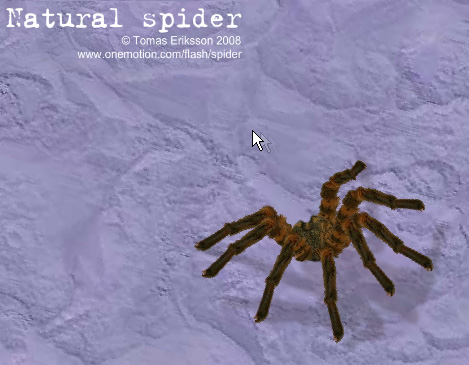So the Tomb Raider hype machine is pumping away about the new player tailoring features of the latest addition to the franchise, Tomb Raider: Underworld. Tomb Raider games involve action elements and puzzle elements. But what if I don’t like action elements? Now they can be turned down so you don’t fight much. And if it’s puzzles you don’t like, you can turn those down too. If you don’t like something, you turn it down like volume on a TV. Great, right?
In the options menu of a game, you expect to find options. What is optional is, by definition, not necessary. So what does it mean when what is otherwise considered an essential part of a game, like it’s action or puzzle elements, is made optional? Developer Crystal Dynamics says that the different types of gameplay are nice as “punctuation,” which is why the player was not offered the power to completely remove them. So if you don’t want to solve a puzzle, just ask Lara and she’ll solve it for you. Unfortunately, turning down one half of the game will not reduce its price to $25.























